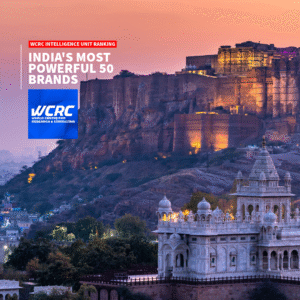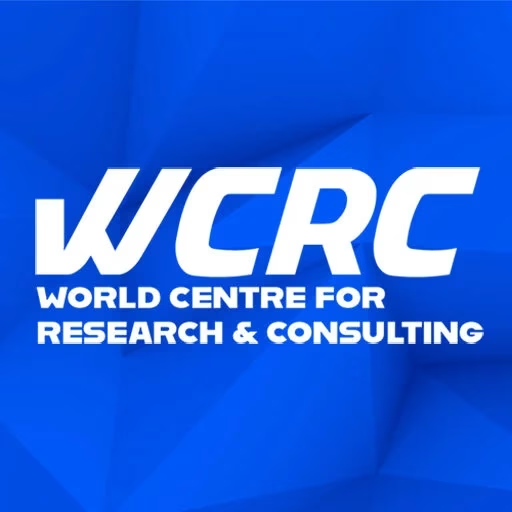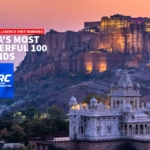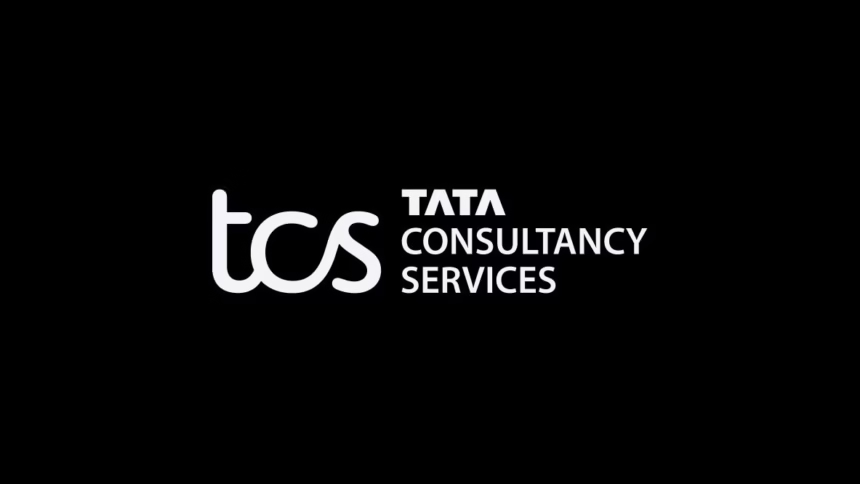If the world’s most dangerous rivalry goes nuclear, we’re not just looking at regional annihilation. We’re staring down global recession, famine, and a collapse of the international order.
This Isn’t Just Another Border Clash
Let’s stop pretending India and Pakistan’s hostilities are a local issue. They’re not. With both nations sitting on nuclear arsenals and a combined population nearing 1.7 billion, the stakes are no longer regional—they’re existential.
The scenario: A nuclear exchange between two emerging economies. Immediate casualties? Tens of millions. Long-term effects? A decimated global economy, obliterated supply chains, and a climate shock that could outstrip anything we’ve ever faced—even during COVID or the 2008 financial crisis.
And here’s the kicker: Pakistan’s economy is already on life support.
With foreign reserves barely covering weeks of imports, soaring inflation, and a dependency on IMF bailouts, even a conventional war would push the country toward full-scale economic collapse. A nuclear escalation wouldn’t just be catastrophic—it would be terminal.
This is no longer just about diplomacy. It’s about the survival of markets, food systems, and global order.
Global Markets Would Tank—Fast
Let’s talk numbers. India and Pakistan together represent a $3.5 trillion economic engine. That’s not something you can unplug without consequence.
If nuclear weapons are deployed, expect the Indian Sensex and Pakistani KSE to crash 70% in days. But that’s just the start.
- Wall Street? Massive sell-offs.
- Oil markets? Volatile as hell—Brent crude could spike above $200/barrel.
- Insurance and reinsurance? Catastrophic losses—on par with multiple Hurricane Katrinas.
Global investors would flee emerging markets. Safe havens like gold and U.S. treasuries would soar. And tech, one of India’s biggest exports? Expect IT backends from Bangalore to Hyderabad to go dark, bringing down operations for Big Tech across the globe.
Supply Chains? Consider Them Broken
India runs the back office of the world. Pakistan is a major textile exporter. Disrupt these economies and you break the backbone of industries from fashion to fintech.
- Major ports like Mumbai and Karachi would become war zones.
- Airspace closures would reroute cargo, adding weeks and billions to shipping costs.
- Western retailers and manufacturers? They’ll feel the heat immediately—think delayed shipments, skyrocketing costs, and production freezes.
Bottom line: The “just-in-time” model dies in a nuclear South Asia.
Food Prices Would Explode. Literally.
A nuclear war between India and Pakistan doesn’t just kill cities—it kills crops.
The black carbon from nuclear blasts would block sunlight, cooling the planet by 1.5°C or more. That’s not a sci-fi scenario—it’s backed by research from Rutgers and the University of Colorado.
Now factor in the fallout:
- Global crop yields could fall by 10–30% for up to a decade.
- Rice, wheat, and corn—gone from supermarket shelves.
- Food inflation? Beyond crisis levels.
- Mass famines in Africa, Asia, even parts of Europe.
Expect political unrest, failed states, and the resurgence of food riots on a scale we haven’t seen since the Arab Spring—only far worse.
Climate Change Gets Weaponized
If you thought climate change was slow-moving, think again. A “limited” nuclear war would supercharge the climate crisis.
- Soot from firestorms would destroy the ozone layer, increasing UV exposure.
- Crop-growing seasons shrink. Weather becomes erratic. Monsoons go off schedule.
- Long-term ecological damage could rival the worst-case IPCC scenarios—and it would happen overnight.
We’re not talking decades. We’re talking months.
The New Global Disorder
A nuclear conflict would rewire global power dynamics overnight.
- China becomes the de facto superpower in Asia.
- The U.N. is exposed as toothless—possibly irrelevant.
- NATO, ASEAN, BRICS? All forced to pick sides.
- Economic alliances like RCEP and SAFTA? Dead on arrival.
Multinational corporations would be forced to re-shore, de-risk, and spend billions rebuilding supply lines in more “stable” geographies. It’s not globalization 2.0. It’s de-globalization on steroids.
This Is the War the World Can’t Afford
Let’s be clear—there is no such thing as a regional nuclear war. If India and Pakistan go nuclear, the whole planet pays the price.
Forget nationalism. Forget borders. In an interconnected world, nukes don’t just vaporize cities—they vaporize economies, disrupt markets, and kill future growth for generations.
Diplomacy isn’t optional anymore. It’s a hedge against the single biggest threat to global capitalism. The real question is: Will world leaders act before the markets do?
#NuclearEconomics #IndiaPakistanConflict #GlobalRisk #SupplyChainShock #FoodSecurity #ClimateCrisis #MarketCollapse #WcrcOpinion #wcrcintelligenceunit









